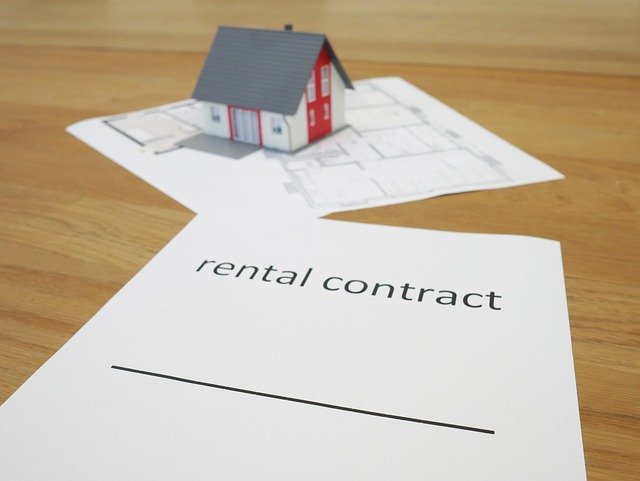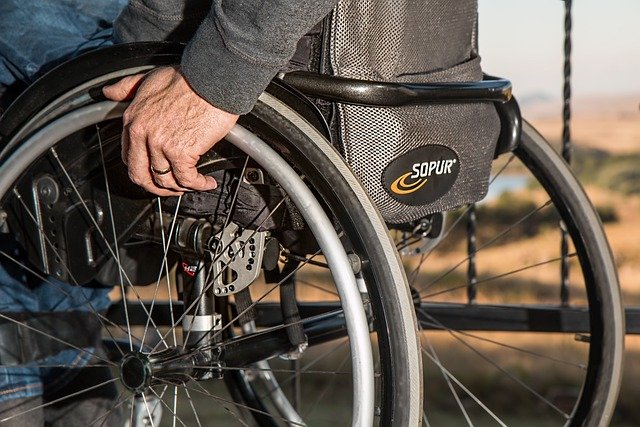How Rent-to-Own Schemes in Ireland Can Help First-Time Buyers Build a Deposit and Move Toward Ownership in 2025
Many first-time buyers in Ireland struggle to save a full mortgage deposit. Rent-to-own schemes let tenants build equity through rent and option fees over several years, helping bridge deposit barriers and move toward homeownership without needing a large upfront sum today.

The Irish housing market continues to present challenges for first-time buyers, with property prices remaining high relative to average incomes and mortgage deposit requirements creating significant barriers to entry. As we look toward 2025, rent-to-own schemes are gaining attention as potential pathways to homeownership for those struggling to accumulate the necessary upfront capital. These innovative arrangements provide a structured approach that combines renting with a future purchase option, potentially bridging the gap between renting and owning for many Irish households.
What Are Rent-to-Own Home Schemes?
Rent-to-own schemes, also known as lease-option or lease-purchase agreements, offer a hybrid approach to housing. In these arrangements, prospective buyers enter into an agreement with a property owner to rent a home for a specific period, typically 3-5 years, with the option to purchase the property at the end of the lease term. A portion of the monthly rent payment is often set aside toward the eventual down payment, helping tenants build equity while they live in the property.
In the Irish context, these schemes typically involve a pre-agreed purchase price, which may be based on the current market value plus an anticipated appreciation percentage. This provides clarity for both parties and protects the potential buyer from dramatic market fluctuations. The tenant-buyer usually pays an option fee at the beginning of the agreement, which gives them the exclusive right to purchase the property when the lease ends, though they are not obligated to do so.
How Rent-to-Own Bridges the Mortgage Deposit Gap
One of the most significant obstacles for first-time buyers in Ireland is accumulating the substantial deposit required by mortgage lenders, typically 10% of the property value. Rent-to-own schemes address this challenge by creating a structured savings mechanism within the rental agreement itself.
For example, if a tenant pays €1,500 monthly rent, €300-500 might be allocated toward their future down payment. Over a 3-year agreement, this could accumulate €10,800-18,000 toward a deposit. Additionally, some schemes allow tenants to build “sweat equity” by making approved improvements to the property, potentially increasing its value and their stake in it.
By 2025, with continued housing pressures expected in Ireland, these schemes may become more sophisticated, potentially incorporating matching contributions from property owners or developers to accelerate deposit building for qualified tenants who demonstrate consistent payment histories.
Advantages of Rent-to-Own for First-Time Buyers in Ireland
For Irish first-time buyers facing challenging market conditions, rent-to-own arrangements offer several distinct advantages. Perhaps most significantly, these schemes provide time to improve credit scores and financial situations while already living in their potential future home. This can be particularly valuable for self-employed individuals or those with variable incomes who need time to establish more consistent earnings patterns for mortgage approval.
These arrangements also offer a “try before you buy” opportunity, allowing prospective homeowners to experience living in both the property and the neighborhood before making a long-term commitment. This reduces the risk of buyer’s remorse and provides valuable insights into potential maintenance issues or community factors that might not be apparent during traditional viewing processes.
Furthermore, rent-to-own schemes provide price protection in rising markets. With property values in Ireland projected to continue increasing, locking in a purchase price in 2025 based on 2023 or 2024 valuations could represent significant savings for buyers, especially in high-demand areas like Dublin, Cork, and Galway.
Key Considerations and Contractual Elements
While rent-to-own schemes offer promising opportunities, prospective participants should carefully evaluate several critical contractual elements. The purchase option terms deserve particular scrutiny—is the future purchase price fixed or formula-based? What happens to the accumulated equity if the tenant decides not to purchase? These questions should be clearly addressed in the agreement.
Maintenance responsibilities also require clear delineation. Unlike traditional rentals, rent-to-own arrangements often place more maintenance responsibility on the tenant-buyer, reflecting their stake in the property’s condition. Understanding exactly which repairs fall to which party can prevent costly disputes later.
Legal protection is essential for both parties. Independent legal advice is strongly recommended before signing any rent-to-own agreement. A properly structured contract should protect the tenant’s accumulated equity while also safeguarding the owner’s property interests. By 2025, industry standardization may improve, but currently, these agreements vary widely, making professional guidance particularly important.
How Rent-to-Own Fits into Ireland’s Broader Housing Landscape
Rent-to-own schemes represent one component of Ireland’s evolving housing landscape. As the country continues to address housing shortages and affordability challenges, these arrangements may become more mainstream by 2025, potentially with government support or regulation to standardize practices and protect consumers.
These schemes complement other initiatives like the First Home Scheme and the Help to Buy program, offering another pathway to ownership for those who don’t qualify for existing support measures. For developers and property investors, rent-to-own can represent an attractive business model, providing stable tenants with a vested interest in maintaining the property while generating reliable income streams.
Real-World Rent-to-Own Providers and Costs in Ireland
The rent-to-own market in Ireland remains relatively small but is growing. Several providers have emerged offering structured pathways to homeownership through these schemes.
| Provider | Program Structure | Typical Premium Over Standard Rent | Minimum Contract Term |
|---|---|---|---|
| OwnHome Ireland | 25-30% of rent toward deposit | 15-20% | 3 years |
| Home for Life | Fixed purchase price + 20% of rent as credit | 10-15% | 2-5 years |
| Property Bridges | Rent credit + option to purchase at 95% of market value | 15-25% | 3-4 years |
| Perfect Path Homes | Graduated rent credit (increasing yearly) | 10-18% | 3-7 years |
Prices, rates, or cost estimates mentioned in this article are based on the latest available information but may change over time. Independent research is advised before making financial decisions.
The financial structure typically involves paying a premium above market rent, with a portion allocated toward the eventual deposit. For example, a property that would normally rent for €1,400 might cost €1,650 under a rent-to-own scheme, with €250 monthly going toward the future deposit. Over three years, this would accumulate €9,000 toward homeownership, though this must be balanced against the opportunity cost of paying above-market rent.
As Ireland moves toward 2025, rent-to-own schemes present a promising alternative for first-time buyers struggling with traditional pathways to homeownership. While not without risks and considerations, these arrangements offer structured approaches to building equity while providing housing stability. For prospective homeowners willing to navigate the complexities of these agreements and commit to longer-term housing plans, rent-to-own could bridge the challenging gap between renting and owning in Ireland’s competitive property market.



